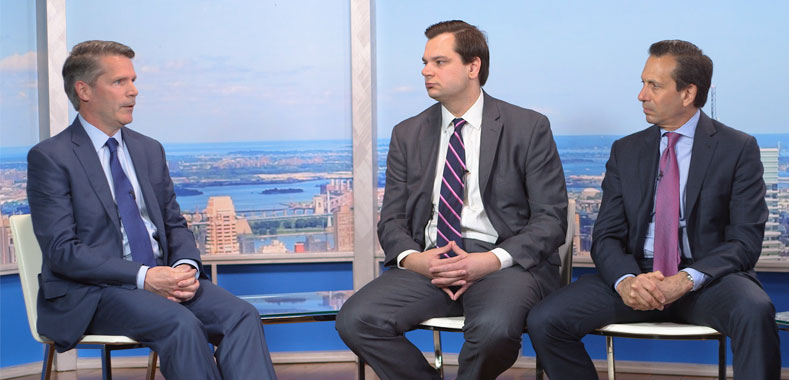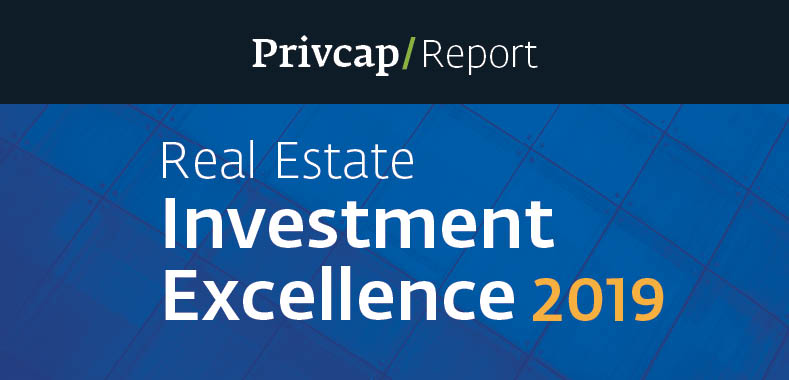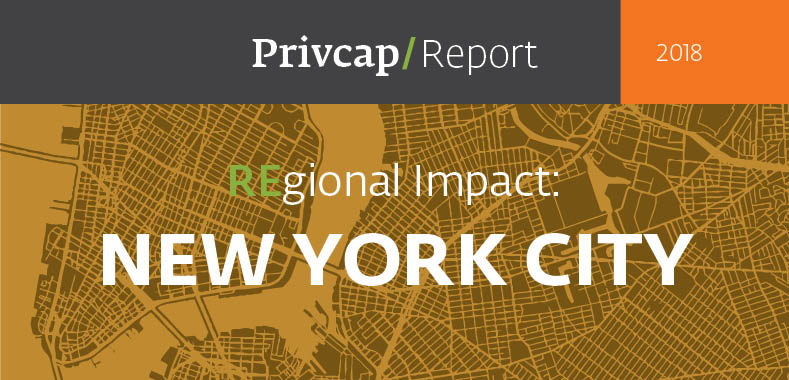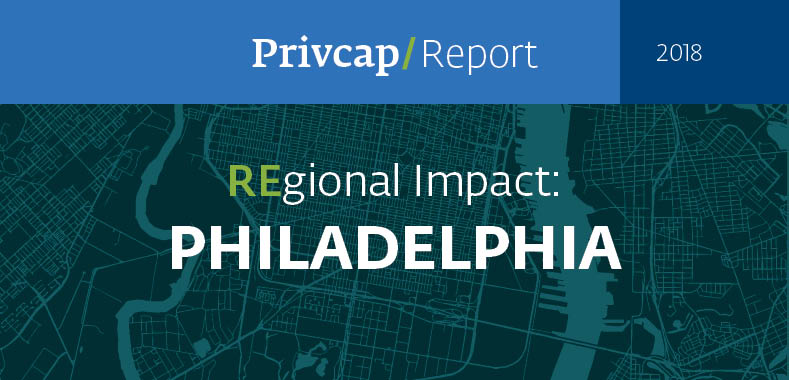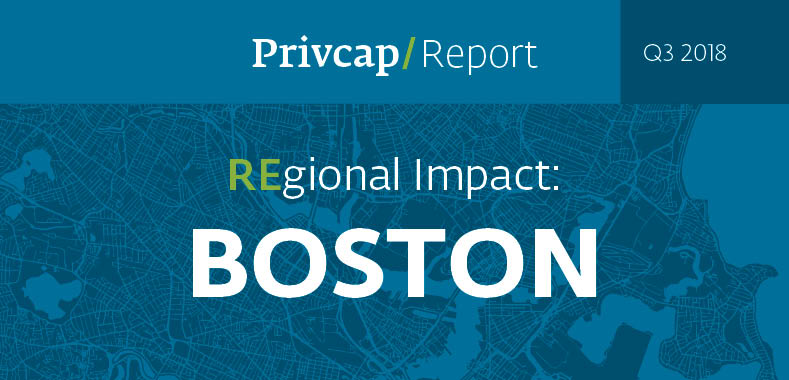Housing an Aging Population
As the population of retired people in the US swells, PGIM Real Estate is actively investing in manufactured housing and senior living, taking care to partner with only the best operators. Two PGIM Real Estate experts describe the interplay between demographic research and actionable investment ideas.
Transcript Download Transcript
Housing an Aging Population
Gill Torren, Privcap:
Today, we’re joined by Cathy Marcus and Lee Menifee of PGIM Real Estate. We’re going to talk about real estate investment opportunities and some of the insights that the PGIM Real Estate team has into this asset class.
Lee, tell us more about the changing demographics amongst the population that is retired or approaching retirement.
Lee Menifee, PGIM Real Estate:
In the coming decade, three times as many people will be added who are 75 and older than there were over the last decade. If you think about that in terms of the need for senior housing, that could mean that we need up to 50% more units over the next decade than we have right now. Two thirds of senior housing apartments are more than 15 years old, and the design around senior housing communities has really changed significantly over that period.
The other area is looking at manufactured housing. Manufactured housing serves – there’s a niche of manufactured housing for people aged 55 and older, which tends to be a very stable segment of the manufactured housing sector. [There’s] a lot of growth in demand and very little growth in supply in that segment. Only 10 new manufactured housing communities have been built in the U.S. over the last 20 years.
Torren: Tell me a bit about manufactured housing. What’s unique about it?
Menifee: Manufactured housing is the owner of the community owns the land, the individuals own the property or the house on top of that. Essentially, they are renting the land, but providing their own house. In many cases, I think the visual that comes to mind would be more of a trailer park and, while that is part of the market, there are manufactured housing communities that (if you drove into them) would look exactly like a suburb in almost any part of the U.S., with very permanent structures, landscaping, streets and everything you would expect to see in a suburban environment.
Torren: Cathy, what are some of the investment plays that PGIM Real Estate is pursuing with regard to the senior population and this sort of demographic?
Cathy Marcus, PGIM Real Estate:
We’ve been investing in senior housing for 20 years. We’ve had a platform in that space and, during those 20 years, the space has changed tremendously. Some of that would be obvious based on demographics and the fact that people are living a lot longer. The average age of a resident in one of our senior housing projects is much higher than it used to be.
There’s also the new-ish sector called “active-adult sector.” The active-adult sector is a bit like what independent living used to be 20 years ago when we first got into the space. That could be people maybe in their upper 50’sor lower 60’s who are downsizing – maybe they’re retired or they’re working part-time. They want an active-type environment and they don’t need healthcare or medical care or assistance or anything like that, but maybe they don’t want to live with a bunch of teenagers next door.
There is tremendous need for development of senior-living units. We do develop across the private-pay spectrum and independent living, assisted and memory care, and now we’re moving more broadly into active-adult, which really is also about amenities. A lot of what we’ve learned from being active apartment investors – both in the A space and the B space – has taught us a lot about amenities. Now, the active-adult space has its own set of amenities, which we’re now looking at. Lots of tennis and wiffle ball and pools and happy hours are big in active-adults.
Torren: Let’s talk a bit more about PGIM Real Estate’s past investment in assisted living and independent living, and how the demographic research and analysis of Lee’s team played a role in uncovering the opportunity.
Menifee: We’ve found in our research that the operator makes a big difference. The success of an individual property has a lot less to do with the physical characteristics of that, although that’s important, and much more around operational capability. I think that, if you go and summarize the last 20 years of investing in the segment, that is the common theme that runs through it.
Marcus: So, then, how we take that and make that into an investment imperative is really that we are extremely focused on operators. In fact, as Lee mentioned, much more focused on operators necessarily than the actual property itself. Senior housing projects take a much longer time to lease up then a traditional apartment project; then, also in terms of how it is that you operate. If some things are regulated, you might have food service, … it’s more akin to a hotel from an operational leverage perspective than to a traditional apartment project.
The way we invest is we tend to invest in multiple properties with one operator.
Torren: Do you identify a trend, then have a discussion, and then figure out an action plan based upon that?
Menifee: My group certainly doesn’t have a monopoly on ideas. We get ideas from all kinds of places. Sometimes, we do indeed see a demographic dent – something that’s going on in the economy, something we see going on in real estate markets – and hopefully see that a little ahead of the rest of the market and take that to everybody else to vet that out.
Marcus: We have these quarterly investment strategy meetings that are led by our research group. Lee’s team and his coworkers around the globe come up with a theme for the quarter that’ll be a special topic that we’ll dive into.
Then, at the very end, we actually take time to figure out now, what do we do with all this information? Right? Now, we have these ideas and we have this data. What is actionable and what should we be doing? That’s really how we make this a very tangible process by starting off very big picture and then getting down to how do we spend our money now?




